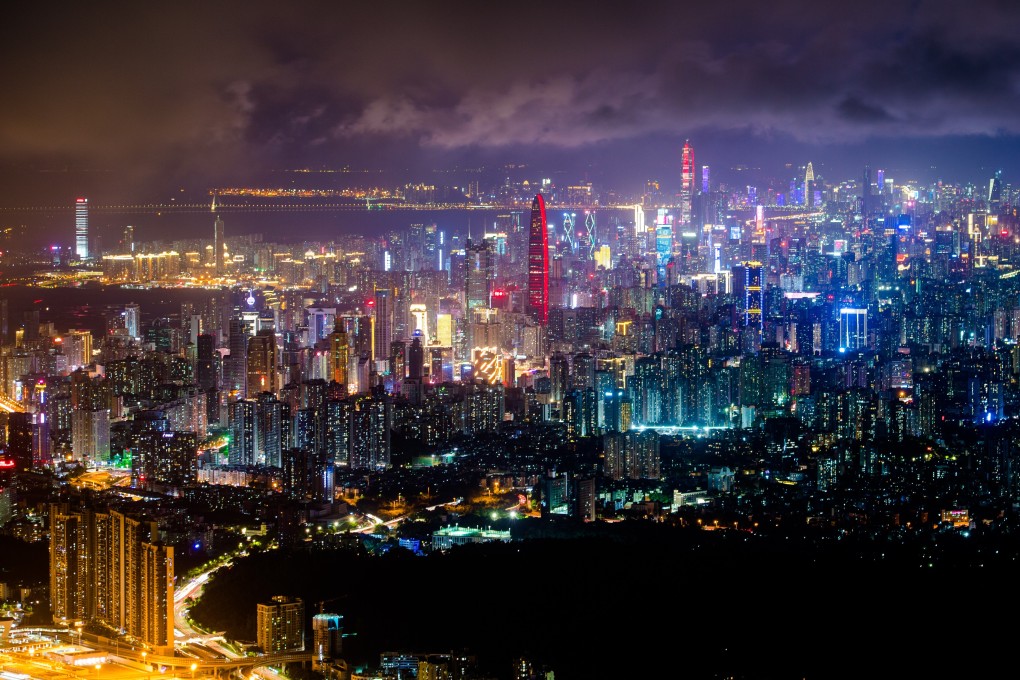Opinion | Shenzhen, Shanghai show China’s skill in playing to pioneering cities’ strengths
- Major cities such as Shanghai and Shenzhen are vital to China’s economic future, but none are more important than the other as each has a unique role to play
- By recognising and investing in the strengths of pioneering cities and regions, China has built a powerful mechanism for driving its economic transformation

When China first created the Shenzhen SEZ, some questioned its judgment. For example, as a postgraduate student at the University of Cambridge in the 1980s, James Kai-sing Kung, now of the University of Hong Kong, asked why the government chose an unknown village like Shenzhen, rather than an economic centre like Shanghai or Tianjin, as an incubator for Deng Xiaoping’s “reform and opening up” strategy.
The decision must, Kung concluded, be politically motivated; China’s government was preparing for the return of neighbouring Hong Kong, which was already a global financial centre. While sovereignty over Hong Kong formally transferred back to China in 1997, Hong Kong’s impact on Shenzhen’s development was rooted less in sovereignty than in proximity.
This is not to say other areas of Hong Kong are not flourishing. In fact, that is the point. Shenzhen’s development along the border with Hong Kong reflects the “urban pile-up effect” – the accumulation of densely urbanised clusters along the frontier with a more developed area, generating cross-border spillover opportunities for the less-developed region.
The same phenomenon is seen along the border between Mexico and Texas. An aerial view reveals sprawling suburbs on the wealthier American side – making it appear almost barren – and dynamic, populous cities on the Mexican side, where local workers flock to jobs at American-owned manufacturing plants and other opportunities.

